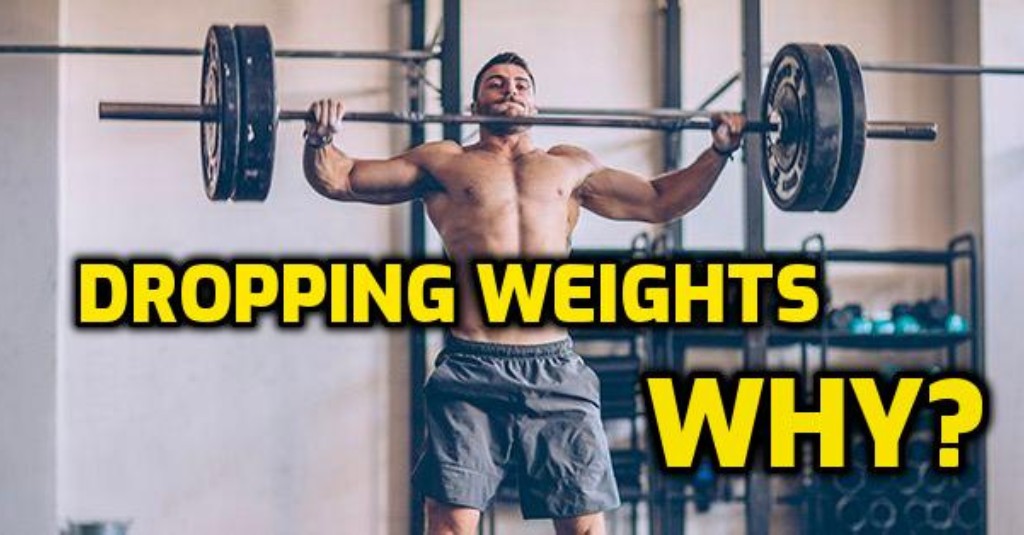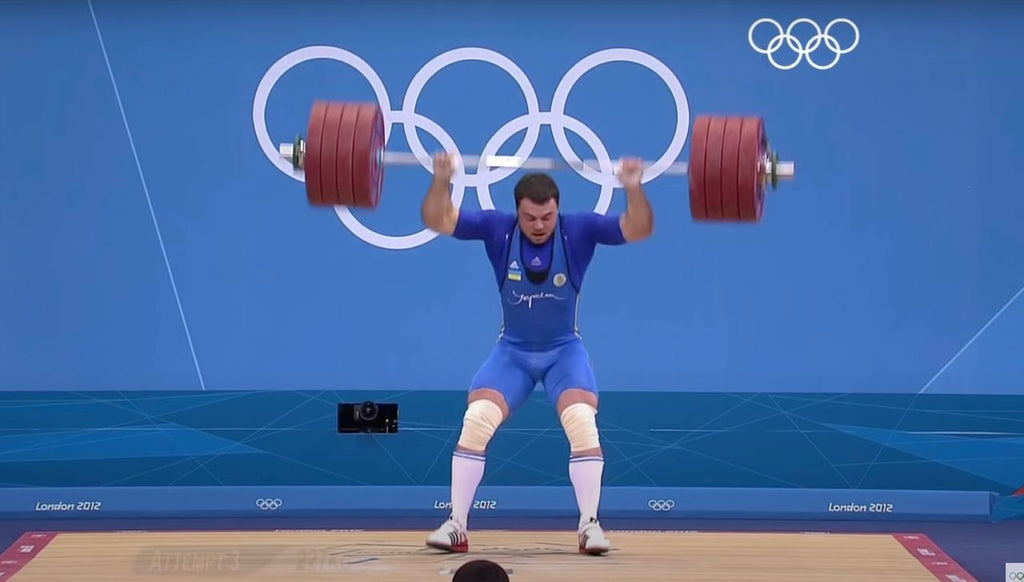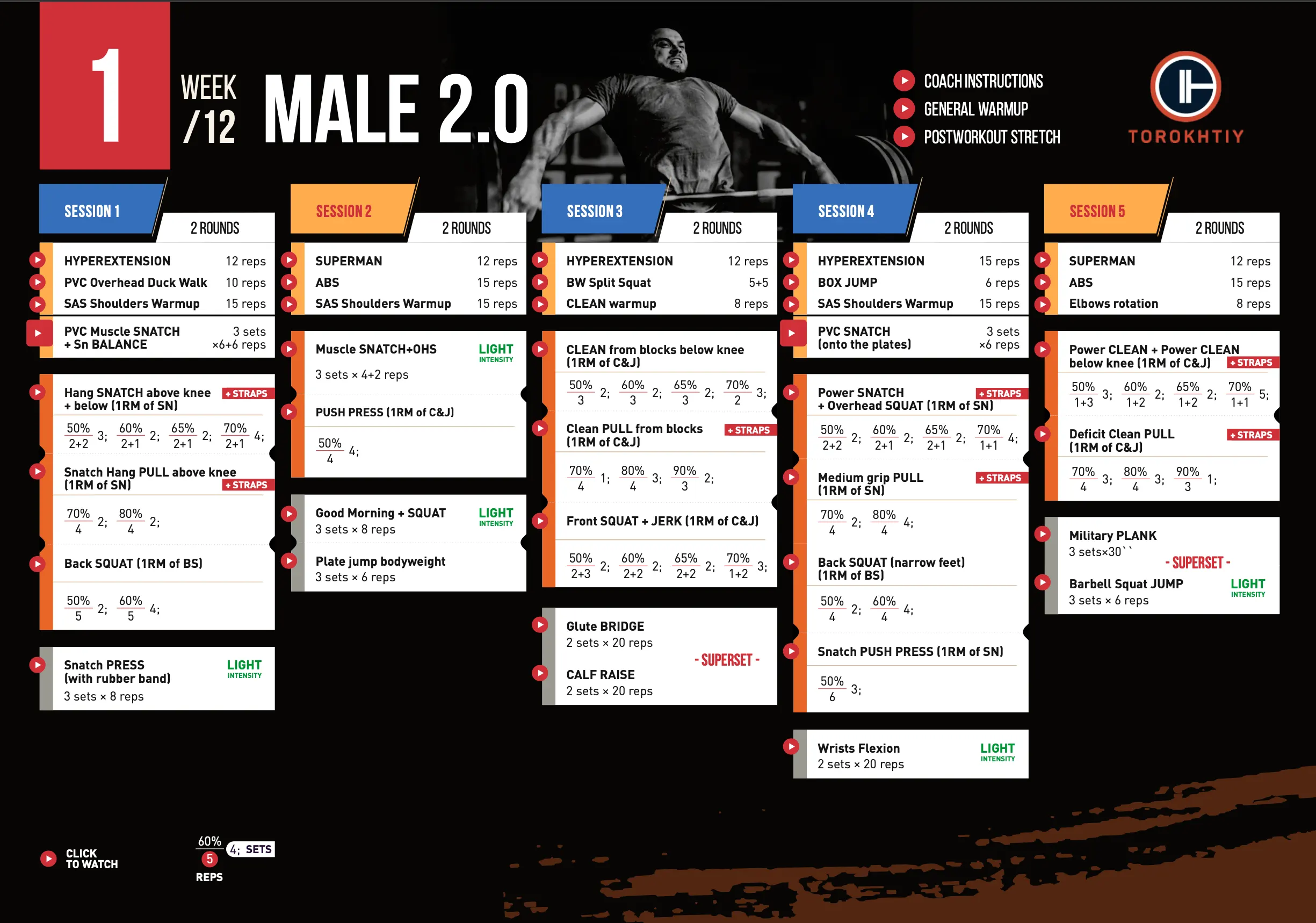Dropping Weights – Why?
Author:
Unlock your full potential by engaging with our experts and community! Have questions about your fitness journey or looking for expert advice on weightlifting techniques? Don’t hesitate — leave a comment below and Sergii Putsov will provide a personalized answer and insights to help you reach your goals.
Torokhtiy is reader-supported. Some links are affiliate links, and we may earn a commission at no extra cost to you. See our disclosure page for details.

This article also available as audio. Check this out!
Subscribe and listen it anywhere:
I vividly remember those times when I was still a competitive athlete, but some of my elder fellows had already left the professional platform and became coaches at fitness clubs. They often invited me to train over there and club management would even hire a photographer to capture how an Olympian weightlifter is training at that exact gym.
What was the same at all of those clubs? Every time I finished the warm-up and took the bar in my hands, I was told quietly and politely: «Well, you know that you can’t drop the bar here, but just carefully lower it on the platform, don’t you?» It was always amusing))) However, in my opinion, it is completely reasonable, especially if it is the second floor of a residential house. To tell the truth, weightlifters really used to be ‘the deadliest enemies’ of commercial fitness clubs up to the moment when fitness started off the tradition of separate functional zones where you can “bang”.
There is usually no need to aggressively drop weights or the bar whether it is loaded or empty, though it looks cool and modern. Such a habit became popular as the result of videos of international competitions and TOP athletes’ training records. Once I even saw the whole video set of Chinese athletes dropping weights from the stretched arms during the warm-up. It was brutal… and painful to watch that.
For those who are not into this topic, all plates used to be metal up to the mid-60s. Therefore, athletes were supposed to lower even record weights as carefully and quietly as possible. Otherwise, it was awfully loud and even risky – plates could be bent or burst and a platform could be damaged. By the way, during the “black-and-white” weightlifting era, deafness used to be a professional coaches’ disease. The reason for that was the strong noise of metal plates dropping on the platform. Just imagine listening to that for 6 hours every day.
Follow us!

Free!
Get a 2-week Weightlifting Program as a bonus for the subscription to kickstart your training plan!

Free!
For those who don’t know, weightlifting rules say that after fixing the bar overhead, one must control its lowering with the hands down. I say this because newbies often believe that careless slamming weights at gym makes you cool, yet it is not true.
I am always amused when I see weightlifters with ‘tired-of-life’ face expressions coming to the gym, snatching 40 kilos not in the best way, and carelessly dropping weights in gym. In such cases, I always wonder whether these guys think about equipment as well as their own and others’ safety.

Believe me and my experience, even if you have the best ELEIKO or ROGUE bars and plates, but treat recklessly bumping them into the platform, you will definitely break them very soon.
Firstly, remember that even professional equipment is supposed to endure a particular number of falls. Then the plastic on plates may fail or sleeve bearings may jam. By the way, I’m not a buzzkill at all, but traditional metal or plastic collars maintain bars and plates and prevent injuries both during an exercise and ‘epic’ bar dropping.
Secondly, I think that amateur athletes must always lower working weights carefully. On top of that, eccentric muscle work and the TUT principle (time under tension) pay off here as well. Lowering the bar carefully will not make you weaker anyway!
By the way, I have noticed a cool thing at local American competitions: athletes who train in their own garages with their own equipment almost always stick with their habit to control the bar while lowering it))
Thirdly, my coach has always taught us to RESPECT the bar. It is feminine in Ukrainian, my mother tongue. Therefore, he has always stopped us from stepping over it or dropping it carelessly since an offended girl-bar will take revenge at the most unexpected moment.
There are some simple tricks that help control the bar while lowering. When you drop it in front of you, keep your hands on the bar: if it is a warm-up weight, slow it down; if the weight is heavy, don’t let it bounce off the platform. When I train newbies, I always teach them to lower the bar to the thighs before the platform in the snatch. In the clean & jerk: shoulders, thighs, and only then the platform.
Obviously, this way is less comfortable than throwing the bar into the platform with a horrifying face and roaring. But that is all about a habit and sport culture. If you stick to it from the very beginning, it won’t cause any difficulties or discomfort.
Why Trust Us?
With over 20 years in Olympic weightlifting, strength training, nutrition coaching, and general fitness our team does its best to provide the audience with ultimate support and meet the needs and requirements of advanced athletes and professional lifters, as well as people who strive to open new opportunities and develop their physical capabilities with us.
By trusting the recommendations of our certified experts in coaching, nutrition, and sports training programming, as well as scientific consultants, and physiotherapists, we provide you with thorough, well-considered, and scientifically proven content. All the information given in the articles concerning workout programming, separate exercises, and athletic performance, in general, is based on verified data.
The product testing process is described in more detail here.
Author: Sergii Putsov
Head of Sport Science, PhD
Best Results: Snatch – 165 kg,
C&J – 200 kg
Sergii Putsov, Ph.D., is a former professional weightlifter and National team member, achieving multiple medals in the 94 kg weight category at national competitions. With a Master’s degree in “Olympic & Professional Sport Training” and a Sport Science Ph.D. from the International Olympic Academy, Greece, Sergii now leads as the Head of Sport Science. He specializes in designing training programs, writing insightful blog articles, providing live commentary at international weightlifting events, and conducting educational seminars worldwide alongside Olympic weightlifting expert Oleksiy Torokhtiy.









Still have questions after reading our article? Unlock your full potential by engaging with our experts and community! Don’t hesitate — leave a comment below and Sergii Putsov will provide a personalized answer and insights to help you reach your goals.